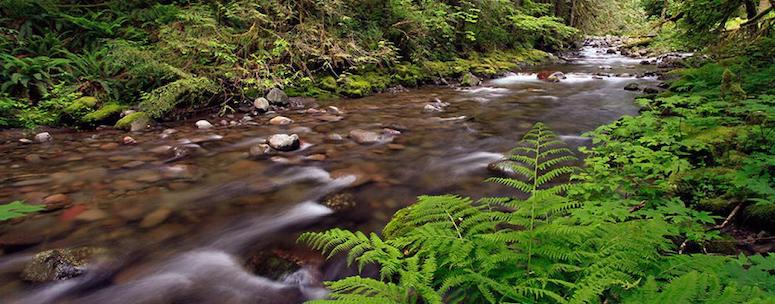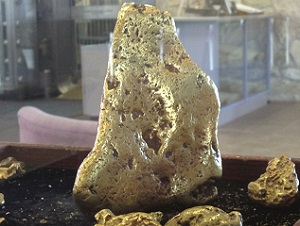
There are few things that reach from ancient times into the modern era like the legend of lost treasure. From the Dutchman’s hoard to King Solomon’s mines, the lure of finding hidden wealth continues to fuel many present-day adventurers. One such legend is that of the Lost Blue Bucket Mine in Oregon.
The diverse mineralogy and ancient geologic structures within the Beaver State contain much hidden wealth, and Blue Bucket is one such example of that. Today, we explore the history of this legend and the accounts of those who’ve chased after it over the years.
During the age of the internet, information is readily available at our fingertips and communications across the world happen in real time. Documenting an event is easy and common practice, one just has to reach for their phone or camera. The prospectors during the early age of gold discovery didn’t have the same luxury, though. Accounts of gold discoveries and the progress of mining boomtowns back in the day differ due to the lack of consistent record-keeping. The source of the Blue Bucket Gold Mine remains shrouded in mystery, but most accounts date it as far back as 1845, just ahead of the famed California Gold Rush.

The First Gold Discovery in the Blue Mountains
The legend begins on the Meek Wagon Train, which traversed between what we know today as the cities of Vale and The Dalles in Wasco County. This trail cut through the Blue Mountains, which stretch through northeastern Oregon and southeastern Washington. The legend may be old but this mountain range is much older, with some rocks as old as 400 million years protruding through them.
The wondrous phenomenon of tectonic shift led to igneous intrusions all the way from the Pacific Ocean accreting onto the North American Plate. As such, this mountain range has some of the most diverse geology in the entire state. The wagon train carried pioneers traveling to Oregon through this area and through to the Columbia River rapids which they had to cross. One member of the party named Stephen Meek (who gives his name to this trail) suggested a shortcut.
The accounts are consistent in saying that the group went off the trail in order to avoid these rapids. When sending out some of the group to fetch water, they came back with their buckets full of lustrous yellow “pebbles” which they took along to Willamette Valley. These pebbles turned out to be a rich collection of gold nuggets that were recognized by miners from California years later.
However, that is where the consistency ends. Word of the “lost mine” (which was actually not a mine but a riverbank full of rich placers) spread due to the richness of the nuggets that were brought back. At the same time, accounts of where and how those gold nuggets were unearthed grew in variety and the legend was firmly cemented as part Oregon’s history.
Finding the Location of the Original Gold Nugget Site
Some accounts note that the group took a detour in the vicinity of the Malheur River, a tributary of the Snake River which drains a high desert area between the Harney Basin and the Blue Mountains. To get to the headwaters of the river, one can travel south on County Road 62 for around 9 miles and turn east on Forest Road 13 for about 7 miles thereafter.
Other letters from 1940 note that they stopped near the headwaters of one of the John Day river’s tributaries. Others say that they were heading south towards the Steens Mountain when they took the detour and split up with one group ending up near a fork of Crane Creek. One of the most adventurous accounts is that of Captain Sol. Tetherow, a wagon train master who led his wagon on Meek’s Cutoff.
Finding placer gold in a narrow gulch, he gathered them in a blue bucket which was upended as he crossed the rapids on the Deschutes River and was never found again. Truly, the variations to this legend are endless and the sheer difference in accounts have kept the Blue Bucket “mine” lost to this day.
The adrenaline rush of setting out to hunt lost gold has certainly not faded over time. Apart from the varying accounts of Blue Bucket gold’s source, there have been actual expeditions undertaken to find it. As a result, many rich gold deposits were eventually found all throughout Eastern Oregon and Southern Idaho.
Perhaps that is the draw of gold mining. While we won’t always find what we’ve lost, life always has unexpected treasure and adventure in store.
12 of the Richest Gold Mines in Oregon
